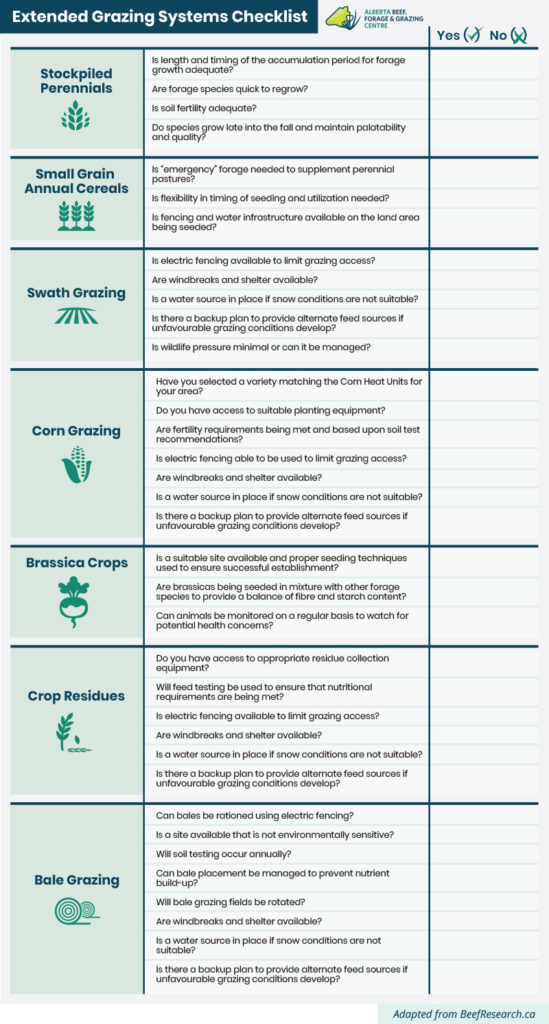
One option for cattle producers to extend their grazing season is by grazing their cattle on cropland. That can be accomplished by seeding their own crops for cattle to graze, or grazing neighbours’ crop residue or cover crops.
Cattle producers can use corn crops, cover crops, crop residue, swaths and more as a low-cost, low-maintenance way to extend the grazing season.
There are many benefits to grazing cows on crops, however, there are also many factors that are important to consider before deciding to implement this practice on your operation.
| Key Points |
| Grazing cattle on crops has the potential to benefit both the cattle producer and crop producer if done properly. |
| Crop farmers can use cows to terminate fall cover crops, receive some post-harvest income, and positively impact soil health. |
| Beef producers can gain additional grazing without buying or renting land by grazing crops. |
| Fencing, water, shelter, and feed testing are some of the most important factors to consider before deciding to graze your cattle on cropland. |
| Short grazing periods are important to reduce the amount of damage that is done to cropland as well as prevent cattle from overgrazing. |
| Understanding the crop, weather, and animal conditions and knowing when it is time to move cattle, or not put cattle out at all, is important to preventing damage to cropland. |
| Performng a feed test can help determine which classes of cattle are best suited for the crop available. |
Benefits of Grazing Crops
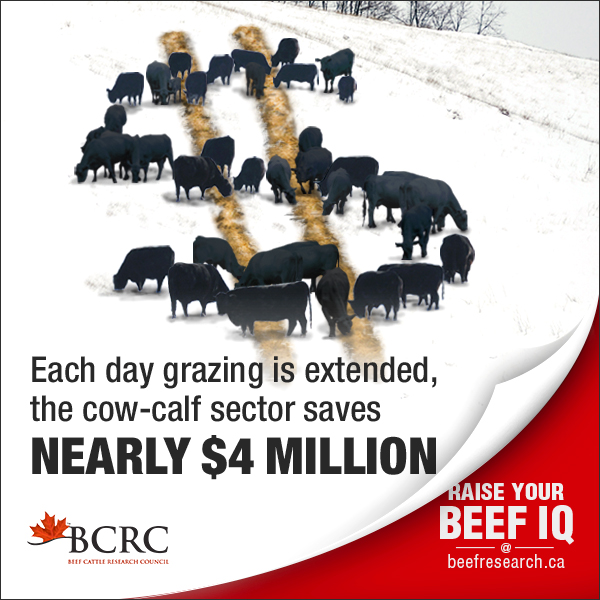
Grazing cattle on crops has the potential to benefit both the cattle producer and crop farmer if done properly. Crop farmers can use cows to graze stubble and receive some post-harvest income, terminate fall cover crops, and positively impact soil health, while beef producers can get additional grazing for less investment than it would be to purchasing other feed sources. Polycrop blends can also be grazed. Sometimes known as cover crops, polycrops prevent erosion in fields, support organic matter, improve water infiltration, and control weeds. All these elements can help increase the profitability per acre, especially when paired with cattle.
One of the biggest expenses for any cattle rancher is feed costs. By keeping cattle out grazing for longer, it provides significant cost savings by reducing the need for harvested feed. Every acre that is grazed can provide additional days where producers aren’t buying feed or starting a tractor. Even a small amount of crop grazing can be worth the logistics, especially during a drought year when feed costs are high and in short supply. Not only do the harvested feed costs decrease, but the cost of labour to make and feed the forages will decrease when the cows do the work.
Animals may also benefit from the cleaner environment that pasturing provides which can reduce the risk of disease and infections.
Important Factors to Consider
While there are many tangible benefits to grazing cows on cropland, there are a few important factors to consider before implementing this practice on your operation. These factors include:
- Fencing– a fence is necessary to graze cattle on cropland, and often must be installed before grazing can take place. If there isn’t a permanent fence already in place, temporary electric fencing may be used depending on where you are located and any local laws around fencing near roadways.
- Water– when grazing crops, it is important to consider how you will provide your cattle with water. Portable watering systems are a popular option when grazing cattle on cropland. Other options include tying onto water lines if possible, hauling water, or relying on dugouts. In the winter, snow may be used, however if snow is used as the water source for cattle, it is important to ensure that it is clean, loose snow, and that you keep a close eye on your cattle to prevent dehydration.
- Shelter– if you’re grazing your cattle on cropland in winter, it can be important to consider providing some sort of windbreak for your cattle for when harsh conditions arise. Portable wind fences provide moveable, affordable, on-field shelter.
- Feed Testing– it is important to match the nutritional needs of the cattle that will be grazing to the quality of feed that is available. Supplementation is an option, however, it can be challenging to implement on land that isn’t owned by the producer. Getting a feed test done can help determine which classes of cattle are best suited for the crop available.
Coming up with a plan that takes into consideration all these factors, if not more, can be essential to having success with grazing your cattle on cropland.
Best Practices
This BCRC article breaks down the key findings and benefits that four beef and cash crop producers have found after grazing cattle on cropland. Some of the common themes that emerged from their collective experience was that when it comes to working with neighbours, communication is key; assign value to the grazing resource; good fences make good neighbours; know your weather, animal and crop conditions; move cattle frequently; and use the right class of cattle.
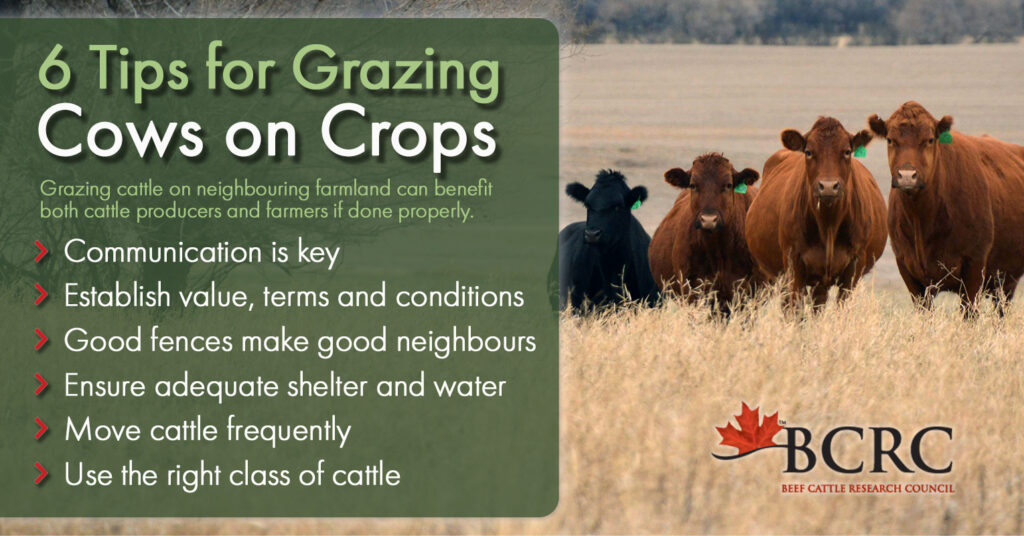
Communication is Key
If you’re planning on grazing neighbouring cropland, making sure that everything is talked about early on can make the partnership go much smoother. Some producers might sit down together and draw up an official contract, while others may keep things more informal with just verbal communication. It is important to ensure that no assumptions are left on the table, so that both parties are on the same page.
Assign Value
Having a value assigned to the feed that will be grazed on the cropland ensures that both parties are comfortable with what is happening, and it makes sure that everyone gets the most out of the arrangement. The value of crops for livestock feed calculator was developed to help beef producers work with their neighbours to determine a value for salvaged crops. This calculator provides a starting price for the beef producer to provide the farmer with for their consideration.
Good Fences Make Good Neighbours
Infrastructure like fencing is necessary to graze cattle on cropland, and adequate fencing is essential to ensure that cattle stay where they are supposed to when grazing. Keeping cattle on designated areas is crucial for success and will leave beef producers with a better chance of being invited back to graze in the future.
Know Your Conditions
Understanding the land and soil conditions and knowing when it is time to move cattle, or not put cattle out at all, is important to preventing damage to the cropland. Having a grazing plan and altering it for different moisture or weather conditions is important in order to prevent damage to fields. When making the grazing plan, it is important to have input from both the farmer and cattle producer to prevent any miscommunications and ensure everyone’s goals and objectives are met. If fields have low or wet spots, a good plan can be to graze those areas first so that they have the most time to recover.
Move Cattle Frequently
Short grazing periods are important to reduce the amount of damage that is may be done to cropland as well as prevent cattle from overgrazing. These specific grazing management decisions will vary dependent on the size of the herd of cattle, and the size and area of the land that is being grazed.
Use the Right Class of Cattle
Choosing a class of cattle whose nutritional needs match the quality of the feed that is available can be essential for success with grazing cattle on crops. Crop stubble can work well for maintaining body condition, but stubble alone won’t work for lactating cows or growing steers or heifers without any additional supplementation. Once it’s decided what pieces of land will be being grazed, you can then select which classes of cattle would be most appropriate based on their nutritional requirements.
Tips & Considerations for Grazing Different Crops
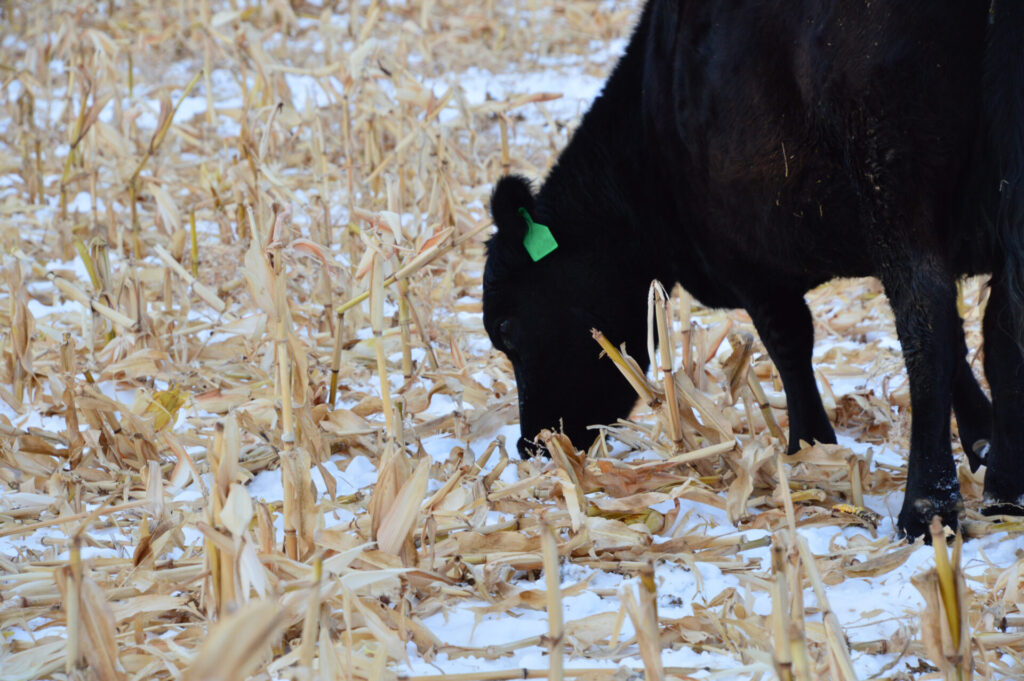
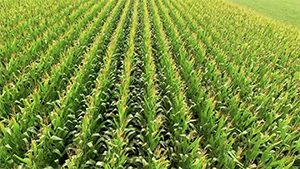
Depending on the crop that is being grazed there are different practices that work best. For instance, if grazing corn, while there are many benefits, including it being a high-energy forage, it can also pose animal health risks such as rumen acidosis if not managed properly.
The BCRC articles Seven Tips for Grazing Corn and 5 Tips for Grazing Corn this Fall and Winter and the webinar Refining Corn Grazing Recommendations provide some tips for helping successfully manage standing corn for grazing. These resources also provide practical ideas such as easing cattle into grazing corn, limiting cows to 3-4 days of feed, protecting cattle from the elements, feed testing, having a backup plan, planning ahead, and planting for success.
The BCRC articles including Strategies for Fall and Winter Grazing: Eastern Canadian Perspectives, the Benefits of Bringing Cattle and Crops Together, and A Quarter-Century of Progress with Extended Grazing all provide different tips and important considerations that different producers have learned after grazing their cattle on various crops to extend the grazing season.
Overall, grazing cattle on cropland can be a win-win strategy for both cattle producers and farmers as long as everything is clearly communicated and there is a well thought out plan before implementing the practice. Each day that grazing is extended can save producers money, reduce pressure on feed resources and also help to manage manure and nutrients on the landscape.
Ce contenu a été révisé pour la dernière fois en Octobre 2023.
